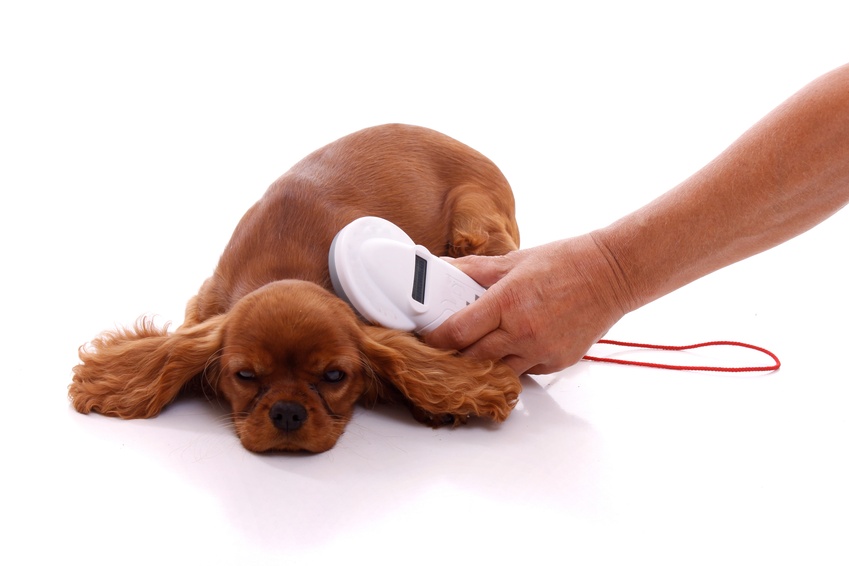Microchipping
Microchipping is a common, safe procedure which is routinely performed at our clinic in both cats and dogs. A microchip is a tiny Radio Frequency Identification Device, which can be implanted in an animal for identification purposes. They resemble a small, metallic grain of rice in appearance.
Each microchip contains a unique number, which is linked to the owner’s information and contact details on a computer database. Veterinary clinics, animal shelters and animal control officers are able to scan this number to identify an animal.
Benefits of Microchips:
There are many benefits for having your pet microchipped including:
-Rapid identification and return of your pet to you should they go missing from home
-Peace of mind – collars and other ID tags can fall off, whereas a microchip will stay in place
-To comply with the new mandatory microchipping laws in cats, which is now being enforced in Western Australia by your local government
How are they implanted?
Microchips are put in place using a sterile device (similar to a needle). They are usually inserted under the skin between the shoulder blades (the scruff of the neck). There is no need for an anaesthetic, and the microchip doesn’t cause any discomfort once in place.
When is the best time to microchip?
A microchip can be implanted at any time in your pet. There are no age restrictions. The most common times we administer microchips include (but are not restricted to):
-When an animal is under a general anaesthetic (such as being desexed) so your pet doesn't feel a thing
-During your pet’s initial vaccination series
-During a general health check-up




